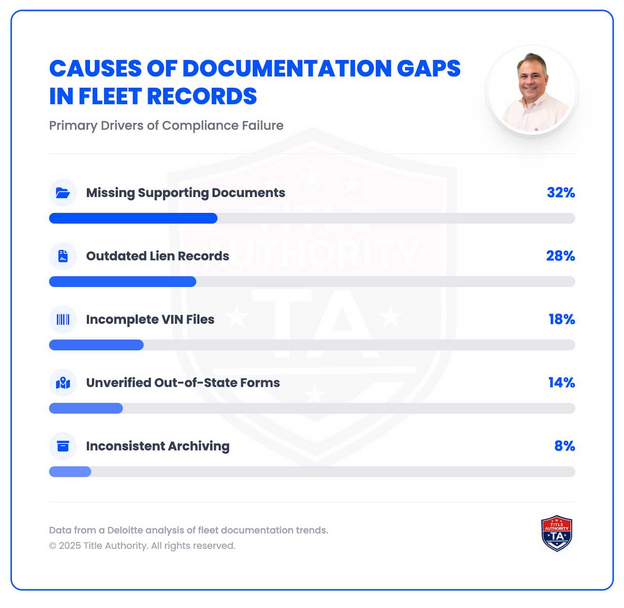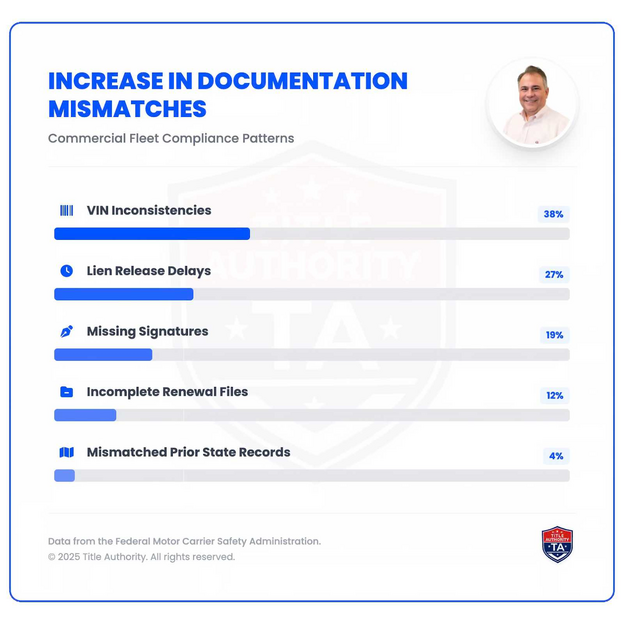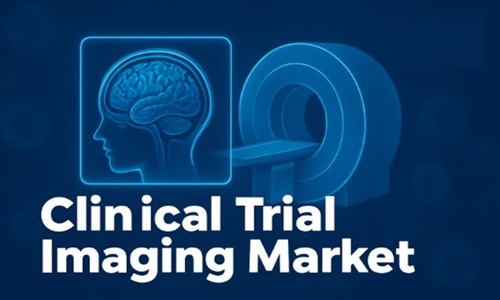
Divorce is often associated with stress, conflict, and prolonged emotional pain. However, it doesn’t always have to be a bitter battle in the courtroom. Mediation offers an alternative path rooted in collaboration, communication, and compromise. By focusing on constructive dialogue rather than adversarial confrontation, mediation can ease the divorce process significantly for couples seeking a more peaceful resolution.
Understanding Divorce Mediation
Divorce mediation is a process where a neutral third party—called a mediator—helps separating couples negotiate and reach mutual agreements regarding property division, child custody, support, and other key issues. Unlike traditional litigation, mediation prioritizes open communication and problem-solving over legal combat.
The Role of a Mediator
A mediator is not a judge and does not make binding decisions. Instead, they guide both parties through discussions, ensuring that each side is heard and understood. Mediators also help keep emotions in check and prevent arguments from escalating. Their main goal is to facilitate understanding and help couples reach a fair and legally sound agreement.
Mediation vs. Litigation
Litigation can be lengthy, expensive, and emotionally draining. Court schedules are rigid, legal fees add up quickly, and outcomes are often unpredictable. In contrast, mediation allows couples to retain control over the process. The parties themselves decide the pace, structure, and final terms of their divorce—often leading to faster and more amicable outcomes.
The Emotional Benefits of Mediation
One of the greatest advantages of mediation lies in its emotional impact. Divorce is already painful enough without adding unnecessary hostility. Mediation helps preserve respect and reduces the long-term emotional scars often left by court battles.
Preserving Relationships
Especially when children are involved, maintaining a functional relationship between parents is crucial. Mediation fosters cooperative parenting and encourages both parties to work together in the best interests of their children. By learning to communicate effectively during mediation, many couples find it easier to co-parent even after the divorce is finalized.
Reducing Stress and Anxiety
Litigation can exacerbate emotional distress by fueling resentment and prolonging conflict. Mediation, on the other hand, focuses on finding solutions. Because the process is private and less formal than court proceedings, participants often feel more at ease expressing their needs and concerns.
Financial Advantages of Divorce Mediation
Divorce litigation can drain both emotional and financial resources. Mediation offers a cost-effective alternative, saving couples thousands in legal fees and associated expenses.
Lower Legal Costs
In court, each spouse typically hires their own attorney, and fees accumulate through motions, hearings, and trials. Mediation requires fewer legal procedures, and the sessions are typically shorter and more focused. Even if both parties retain legal counsel for guidance, the overall costs are substantially lower.
Saving Time and Resources
Mediation allows couples to set their own schedules and timelines, rather than waiting for court availability. Many mediations conclude in just a few sessions—sometimes in weeks instead of months or years. The efficiency of the process translates into reduced stress and financial burden.
The Legal Framework of Mediation
Mediation agreements are legally binding once formalized in court, but the process itself remains flexible and non-adversarial. Couples can choose to mediate before filing for divorce or during ongoing proceedings.
Ensuring Fairness and Legality
Mediators help ensure that both parties understand their rights and obligations. They do not provide legal advice but can recommend that each party consult with an attorney for independent review before signing the final agreement. This ensures transparency and fairness for both spouses.
Confidentiality and Privacy
Unlike public court hearings, mediation sessions are private. This confidentiality protects personal details and financial information from becoming part of the public record. For couples who value discretion, mediation offers a much more private path to resolution.
Mediation and Parenting Agreements
When children are part of the equation, mediation plays a critical role in shaping future family dynamics. It allows parents to collaboratively design parenting plans that suit their unique family situation.
Creating Sustainable Parenting Plans
In mediation, parents work together to determine custody schedules, visitation arrangements, and decision-making responsibilities. This cooperative approach often leads to more practical and lasting agreements—because both parents have contributed to creating them.
Prioritizing the Child’s Well-Being
Research shows that children cope better when their parents maintain respectful communication. Mediation helps minimize conflict exposure, reducing the emotional toll on children and providing a foundation for healthier family relationships post-divorce.
When Mediation May Not Be Appropriate
While mediation works well for many, it’s not suitable in every case. Situations involving domestic violence, substance abuse, or extreme power imbalances may require different legal interventions. In such cases, courts or attorneys can help ensure that safety and fairness remain the top priorities.
Choosing the Right Mediator
The success of mediation often depends on the mediator’s skill and experience. It’s important to select someone trained in family law and conflict resolution, with a track record of facilitating fair and respectful discussions.
Qualities to Look For
A good mediator should be:
Impartial and empathetic – able to listen without bias.
Knowledgeable about family law – to ensure agreements comply with legal standards.
Patient and communicative – to help couples articulate their concerns productively.
How Mediation Supports Long-Term Peace
Mediation doesn’t just end a marriage—it helps couples transition into the next chapter of their lives with dignity. The collaborative nature of the process empowers both parties to make informed, consensual decisions that reduce bitterness and encourage mutual respect.
Building a Foundation for the Future
When couples take part in mediation, they develop valuable communication skills that extend beyond the divorce itself. This can make future interactions—especially co-parenting—more constructive. Moreover, mediated agreements are more likely to be honored, since both parties helped create them.
Working with a Family Law Professional
Even though mediation minimizes court involvement, consulting a family law professional is still wise. Legal professionals can ensure that the mediated settlement aligns with state laws and adequately protects your interests. A trusted attorney can review the final documents before filing, ensuring everything meets legal and procedural standards.
If you’re considering mediation to navigate your divorce in Connecticut, Happy Even After Family Law offers compassionate legal guidance and mediation support tailored to your family’s needs.
Additional Resources
To learn more about reputable family law practices and professional recognition in the field, you can explore the Super Lawyers, which highlights their excellence and dedication to client advocacy.
For an overview of broader policies and principles governing family law matters, including divorce, custody, and international family law cooperation, visit the U.S. Department of State Family Law resource page.
Final Thoughts
Mediation stands as one of the most empowering and compassionate ways to approach divorce. By promoting communication, reducing costs, and focusing on shared goals, it allows couples to part ways respectfully. More importantly, it helps protect the emotional and financial well-being of everyone involved—especially children. Through patience, understanding, and professional guidance, mediation transforms the divorce process from a battle into an opportunity for healing and growth.




















